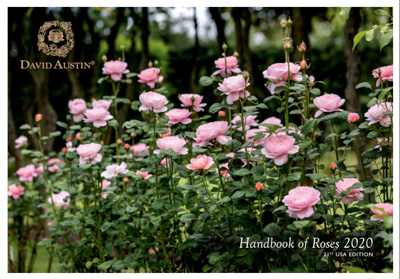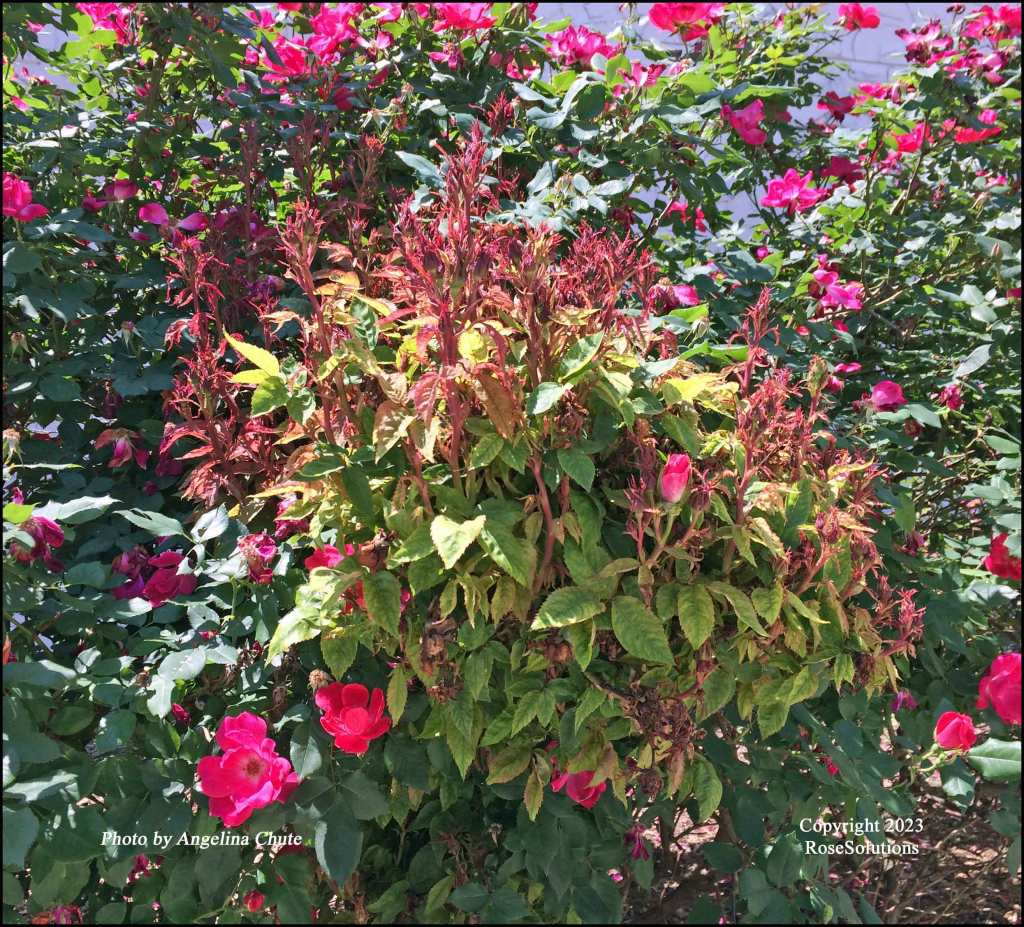
Rose Rose Disease Foliage at Rest Stop in Maryland
Our first up-close sighting of Rose Rosette Disease (RRD) was during a trip to Washington, DC and nearby mid-Atlantic areas a few years ago. RRD was everywhere, in private gardens and especially in median strips and in other public plantings where it apparently went unnoticed and unmanaged. Whole beds were infected. We had been aware of it but had not seen any evidence of it at home in Rhode Island so we were less concerned.
That would change when two years later we noticed infected multiflora (a common species or wild rose) roses growing next to the bike path along upper Narragansett Bay where we go on our daily walks. The bright red foliage, heavy thorny stems and witches broom made it easy to spot. Other similar sightings of RRD have since been made locally and even infections in some gardens have been reported.
Rose Rosette Disease is a virus that causes roses to grow strange deformities. The first tell-tale symptom is extra thick, bright red stems and clusters of thin, bunched foliage – often referred to as “witches broom.” Excessive thorniness and deformed flowers are also typical.
This highly contagious virus is carried by the tiny wingless Eriophyid mite that travels great distances on wind currents. Once one plant in a garden is infected, the disease can quickly spread by plant-to-plant transfer or by people and animals passing by an infected plant. At that point an infected plant goes into decline and eventually dies within a year or two. There is no known cure.
If RRD symptoms occur, the best remedy is to remove the plant immediately before it can infect the rest of the garden. Pruning out diseased shoots does not help once the virus is in the rose’s vascular system. Place the infected bush – canes, stems, foliage, roots, everything – into a trash bag and discard out of the garden. This may seem extreme but the virus spreads quickly and it’s better to lose one plant than an entire garden.
Note that RRD symptoms can be confused with herbicide damage. Witches broom bunching can also be caused by careless application of Roundup or other herbicides in proximity to rose bushes. None of the other RRD symptoms will be present. If this is suspected, observe the plant closely and if it’s herbicidal damage, the bush will eventually outgrow the damage.
Note also that many rose varieties express their juvenile growth as dark red stems that turn green as they grow – completely normal.
Rose Rosette Disease is a serious threat to roses but research is underway to discover resistant varieties and develop effective treatments. Meanwhile, it can be managed once the symptoms are recognized and quick action takes place.
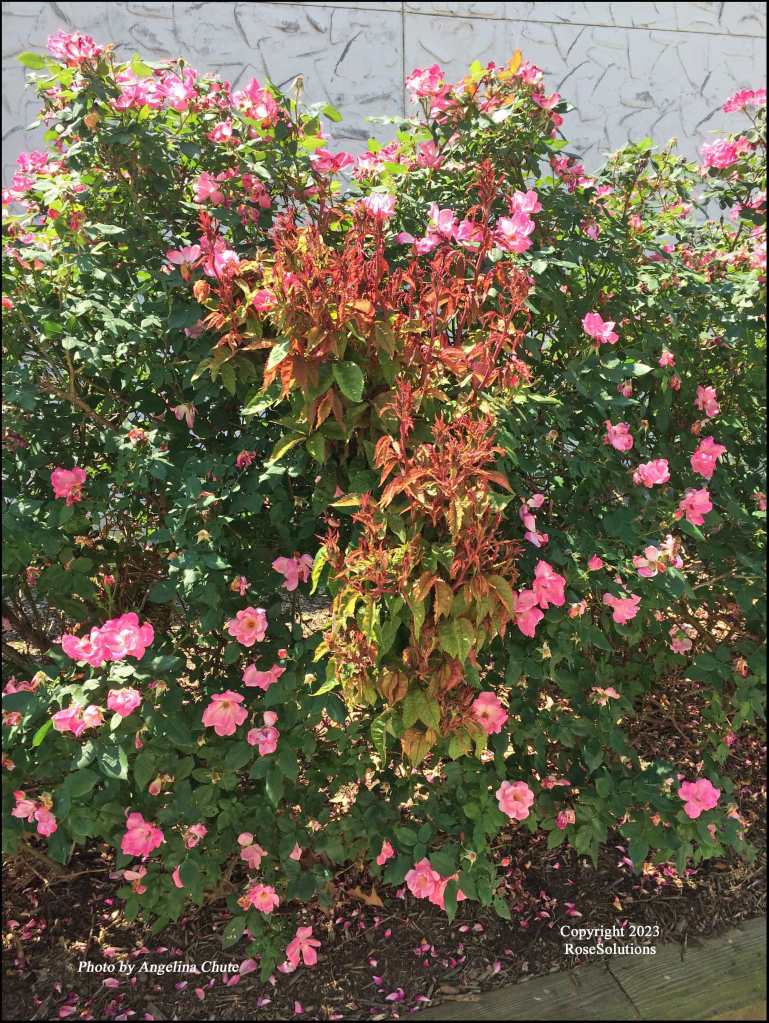
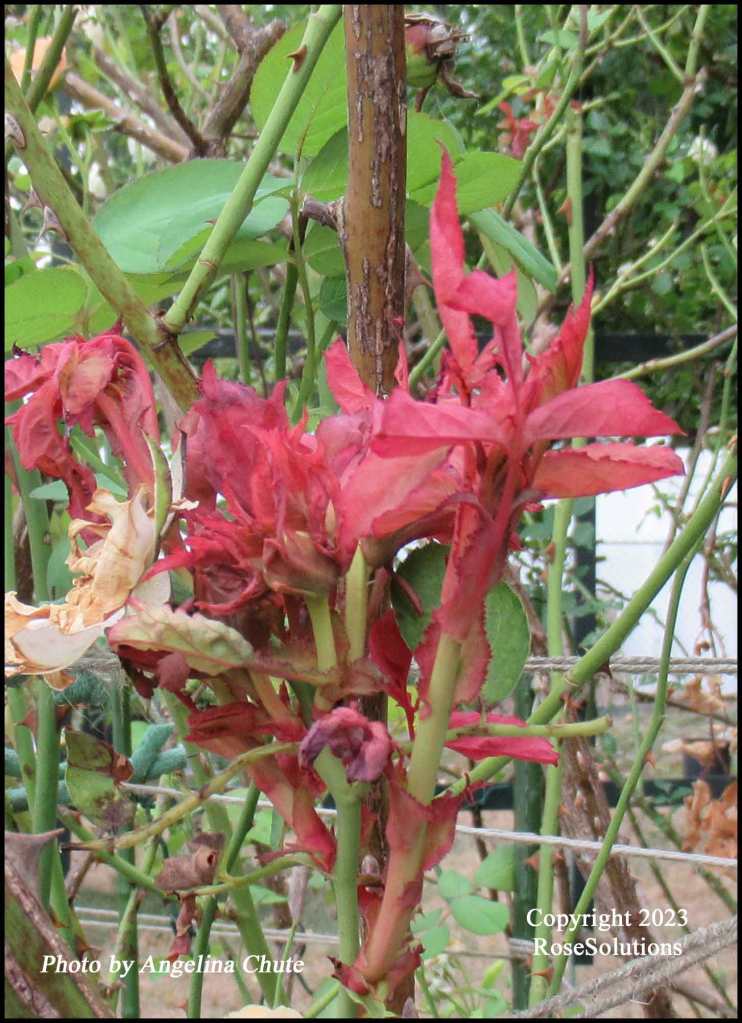
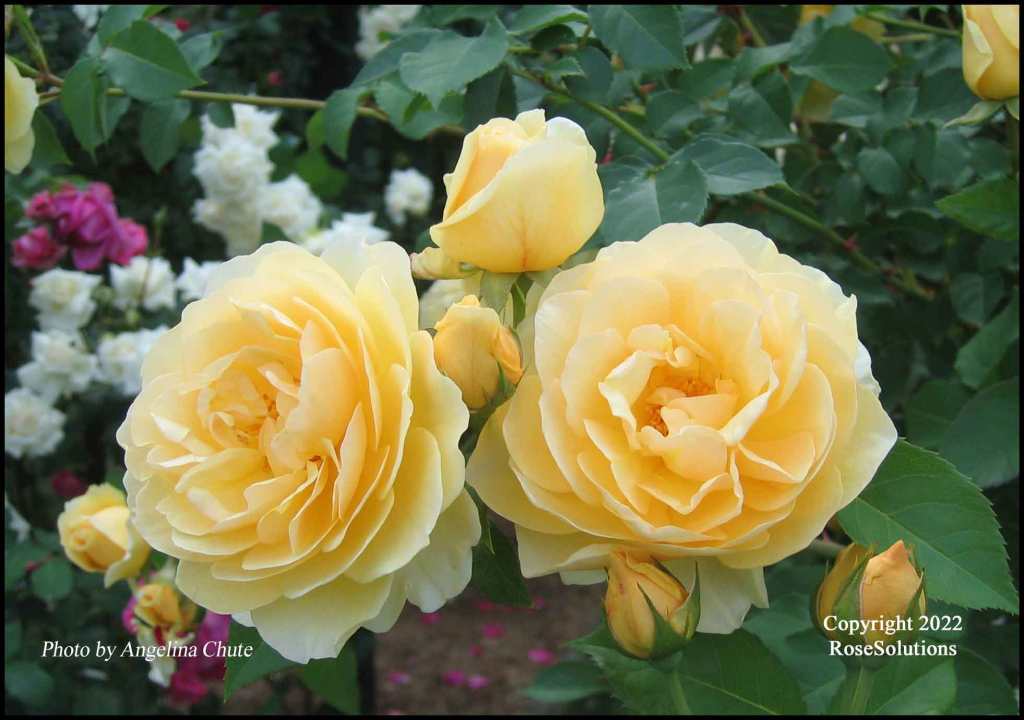
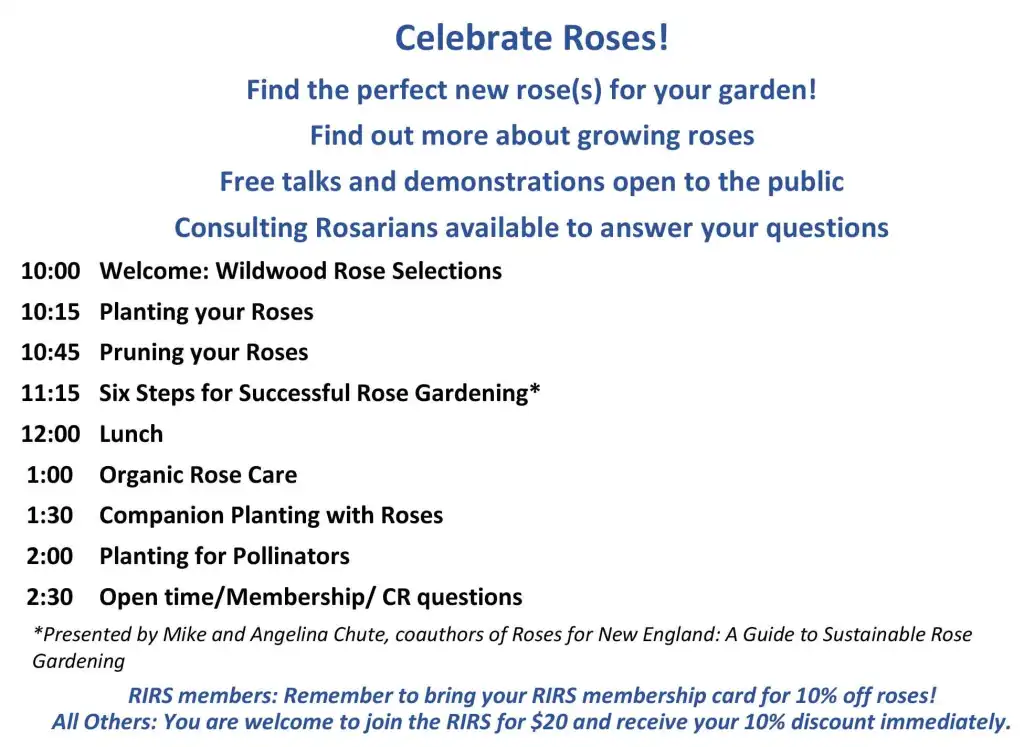
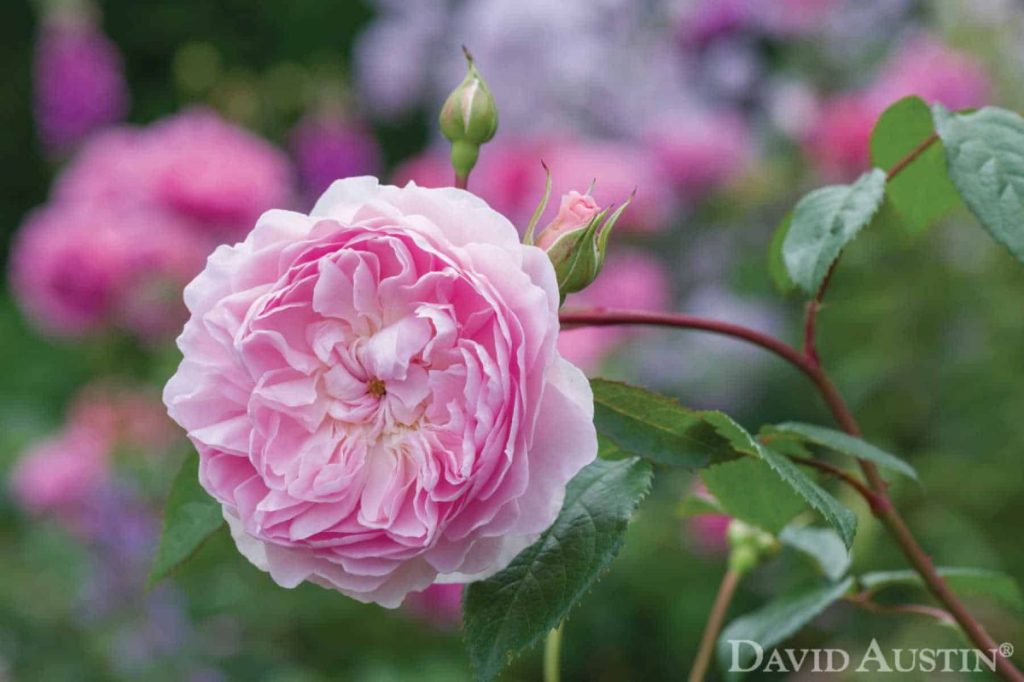
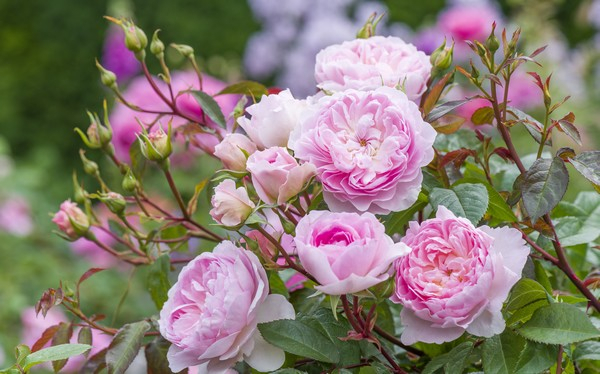
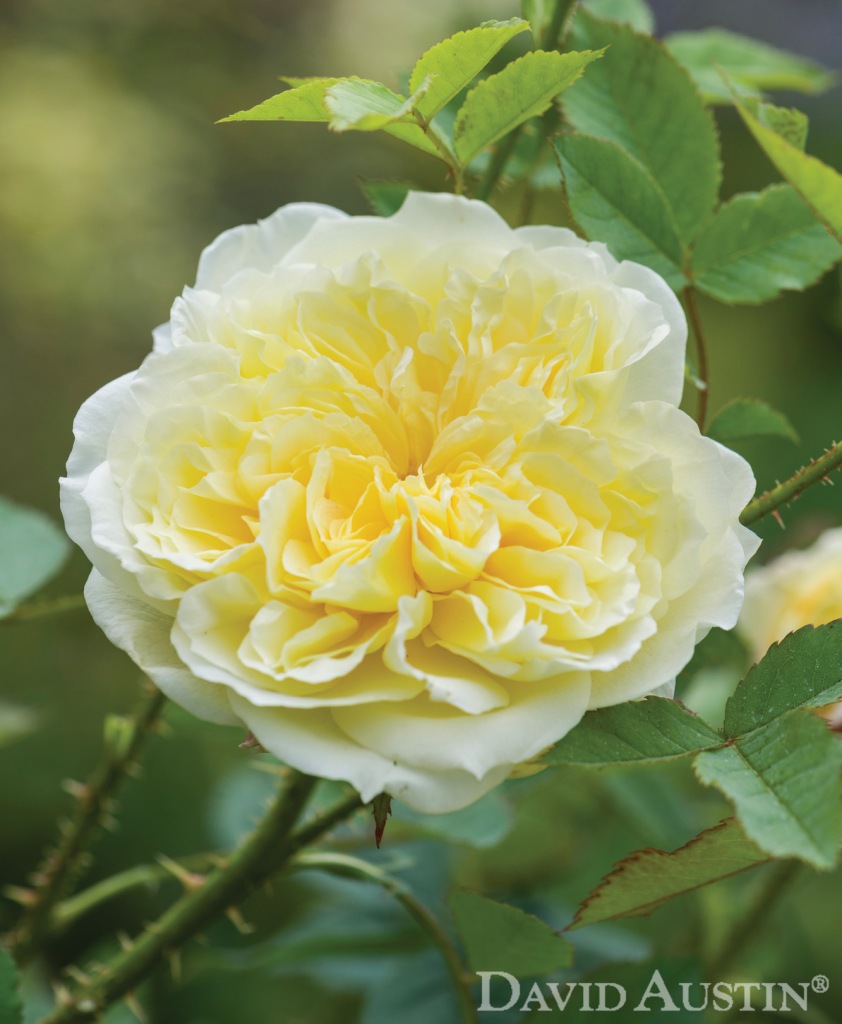

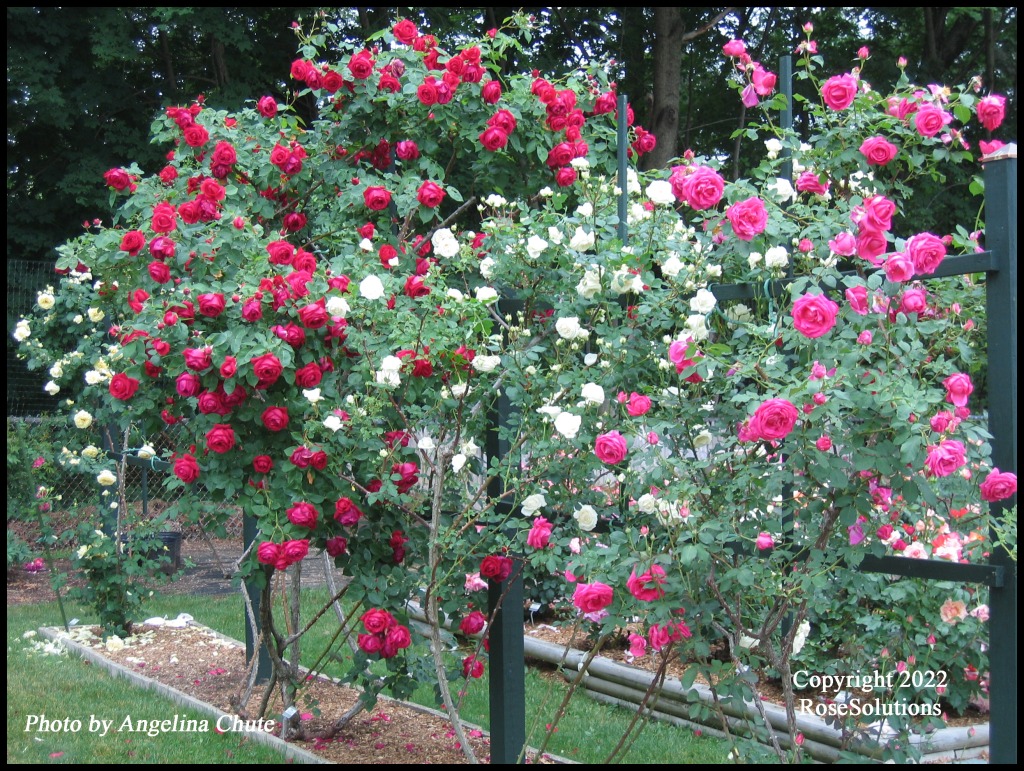
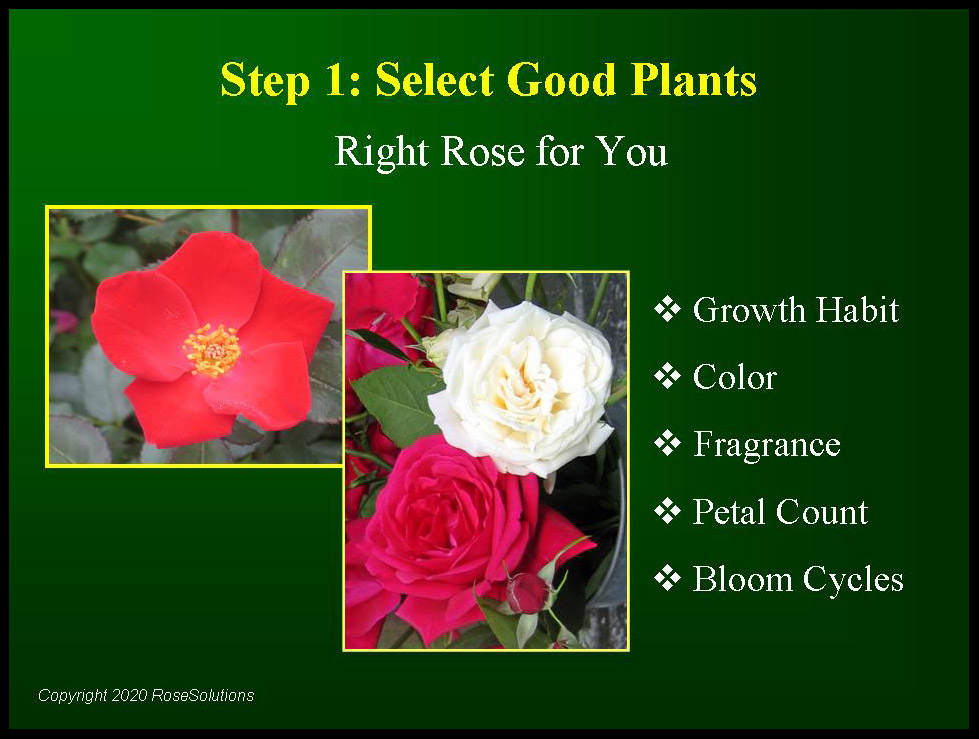
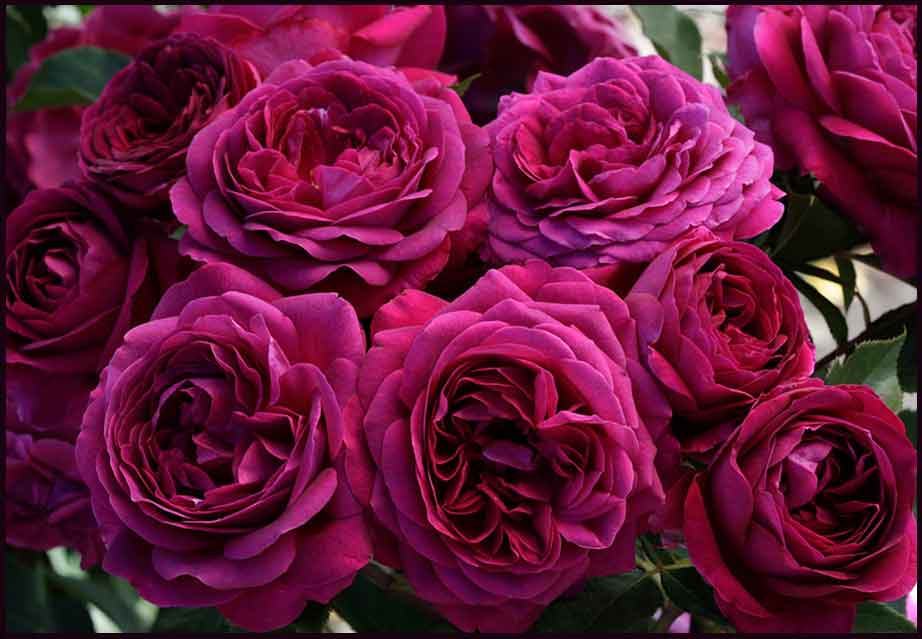
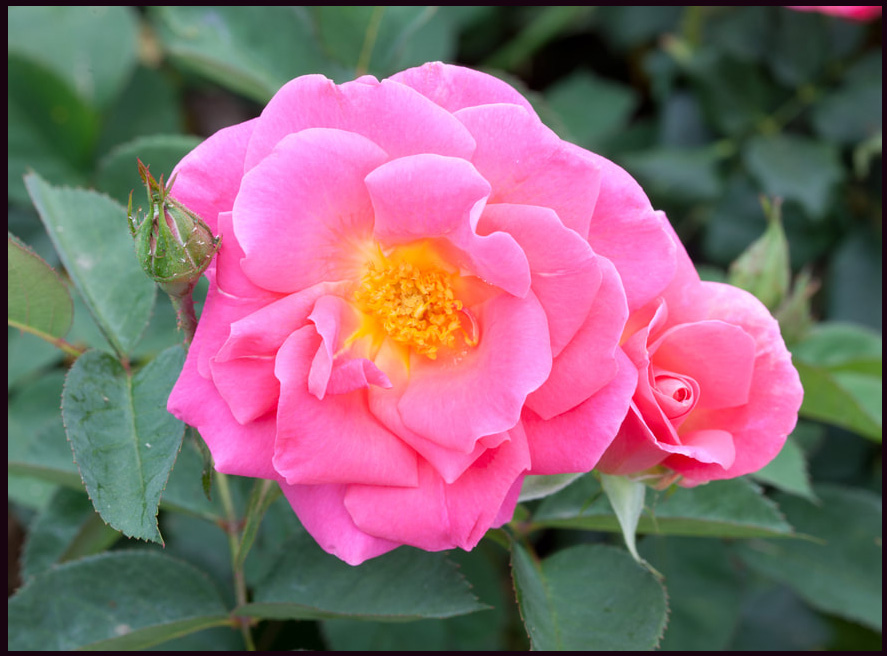
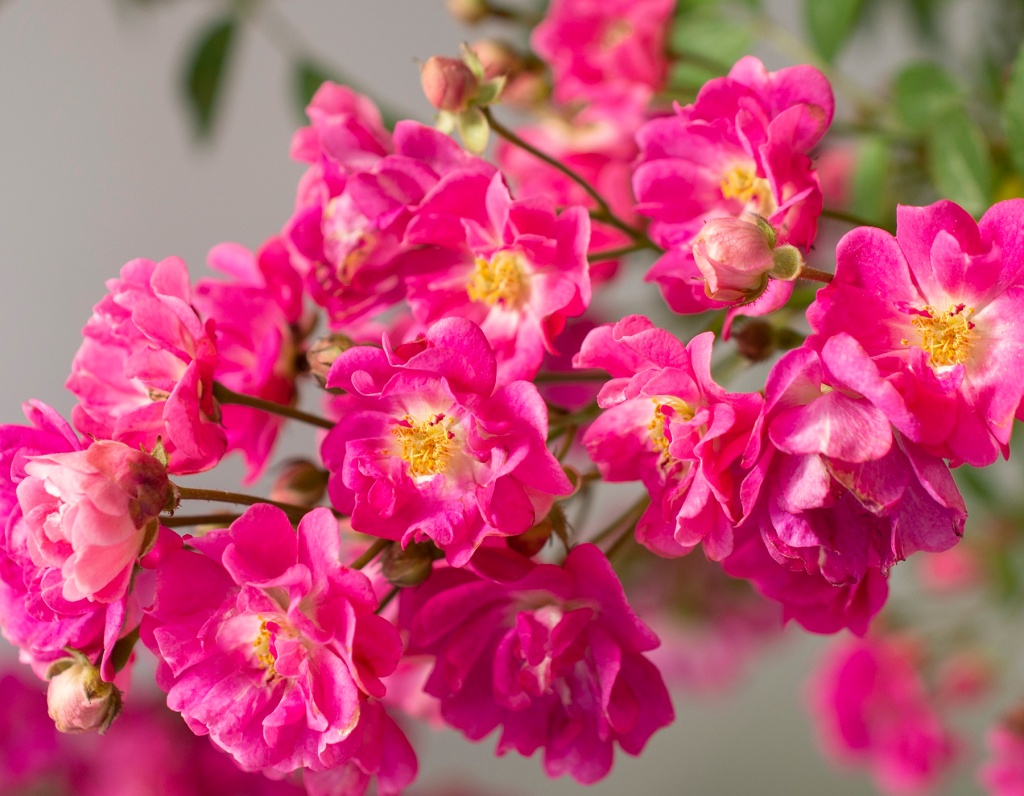
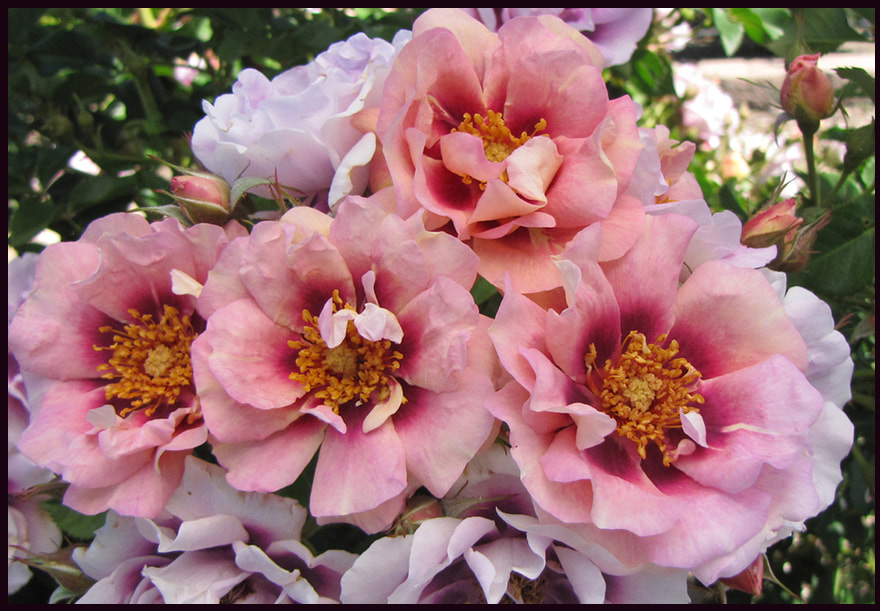









 Roses for New England: A Guide to Sustainable Rose Gardening ($21.95) is the first “how-to” book published by New England rose gardeners for New England rose gardeners. It explains everything you need to know to grow wonderful roses whether you’re a novice or a seasoned rose gardener. It includes six easy steps to growing roses in New England and how to select the right varieties for your garden. There is also a section covering planting and pruning, both bare root and potted roses, in great detail which is helpful this time of year. In addition, Roses for New England lists over 150 sustainable rose varieties and includes many color photographs.
Roses for New England: A Guide to Sustainable Rose Gardening ($21.95) is the first “how-to” book published by New England rose gardeners for New England rose gardeners. It explains everything you need to know to grow wonderful roses whether you’re a novice or a seasoned rose gardener. It includes six easy steps to growing roses in New England and how to select the right varieties for your garden. There is also a section covering planting and pruning, both bare root and potted roses, in great detail which is helpful this time of year. In addition, Roses for New England lists over 150 sustainable rose varieties and includes many color photographs. Rose Gardening Season by Season: A Journal for Passionate Gardeners (19.95) is a journal that’s more than a notebook to jot down what’s happening in your gardens. Besides pages to record monthly events, there’s a seasonal “To Do” list that tells you when to do what gardening tasks. There are lists of shade tolerant, fragrant roses, companion plants and our 25 favorite roses, mail order sources for roses and garden supplies. Tips for growing roses are scattered throughout the journal as well. Your Mom doesn’t have to be a rose gardener to enjoy this journal since it can be used by anyone who wants to keep track of interesting and/or unusual events. Every Christmas I give a copy of this Journal to my brother-in-law who does not grow roses but likes to keep a record of yearly outdoor tasks.
Rose Gardening Season by Season: A Journal for Passionate Gardeners (19.95) is a journal that’s more than a notebook to jot down what’s happening in your gardens. Besides pages to record monthly events, there’s a seasonal “To Do” list that tells you when to do what gardening tasks. There are lists of shade tolerant, fragrant roses, companion plants and our 25 favorite roses, mail order sources for roses and garden supplies. Tips for growing roses are scattered throughout the journal as well. Your Mom doesn’t have to be a rose gardener to enjoy this journal since it can be used by anyone who wants to keep track of interesting and/or unusual events. Every Christmas I give a copy of this Journal to my brother-in-law who does not grow roses but likes to keep a record of yearly outdoor tasks.


 Another patio plant we like are coleus. We get the flashiest, most flamboyant varieties we can find and make topiaries out of them. Once potted up, we pinch out lower stems as they grow. Keeping them neat and symmetrical requires constant primping. No problem, we’ve got time.
Another patio plant we like are coleus. We get the flashiest, most flamboyant varieties we can find and make topiaries out of them. Once potted up, we pinch out lower stems as they grow. Keeping them neat and symmetrical requires constant primping. No problem, we’ve got time. We’ve divided our daylilies — it’s amazing how hefty the clumps have grown — and will re-plant them along with other non-rose species among our roses as we start a cottage garden. This will takes some doing. No problem, we’ve got time.
We’ve divided our daylilies — it’s amazing how hefty the clumps have grown — and will re-plant them along with other non-rose species among our roses as we start a cottage garden. This will takes some doing. No problem, we’ve got time.